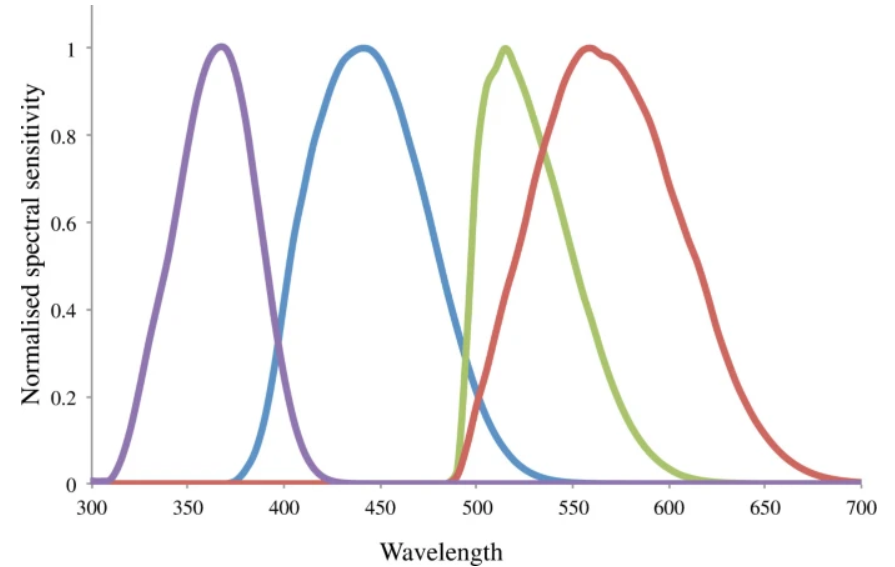Background
Colour vision has been reported in many animal species and presents an important source of information. It is enabled by comparing the outputs of a minimum of two types of cone photoreceptor cells. Marine turtles have four types of cones sensitive to UV, short-wavelength, medium-wavelength and long-wavelength light, which should theoretically imply they are capable of colour vision.
In the past, green turtles (Chelonia mydas) have been tested using microspectrophotometry and electroretinography to establish their spectral sensitivities. According to various sources their cones have peak absorbances between 325 – 380 nm, 440 nm, 502 – 515 nm and 560 – 565 nm. These do vary between species with some reporting loggerhead turtles (Caretta caretta) having peak absorbancies up to 700 nm.

Some behavioural studies have been done before to establish if this anatomical ability for colour vision can be observed in action. This project is just another step in gaining more information about this endangered group of animals.
Aim
The aim of this study was to evaluate whether green and hawksbill turtles are able to discriminate between two visible colours (blue and red).
Go to Material & Methods